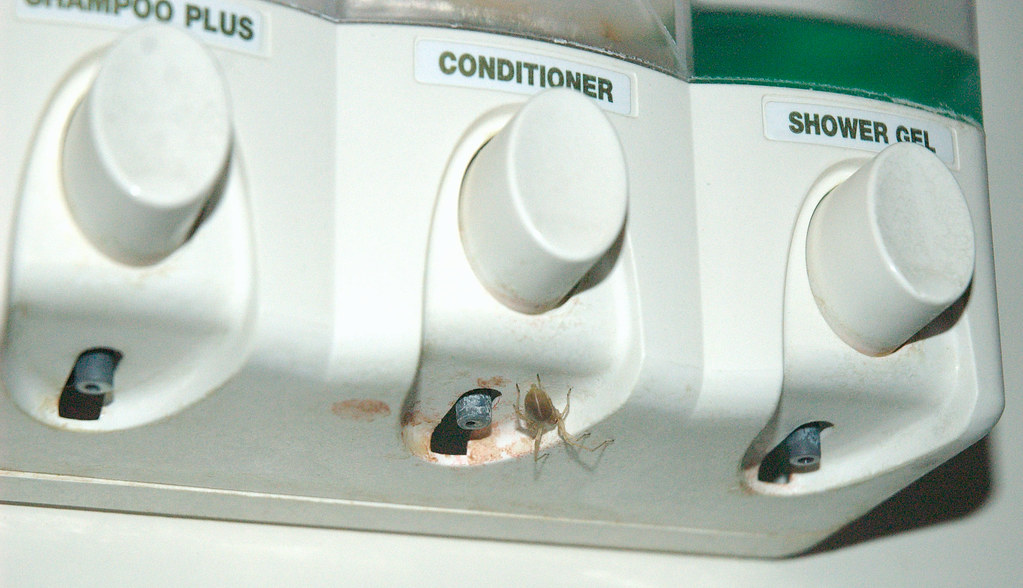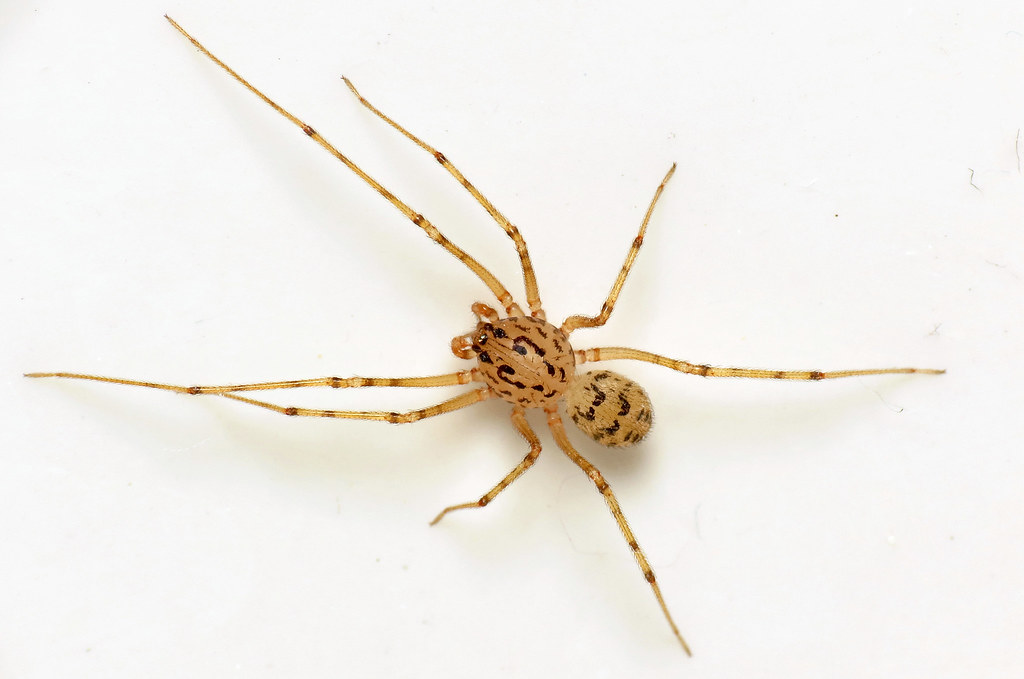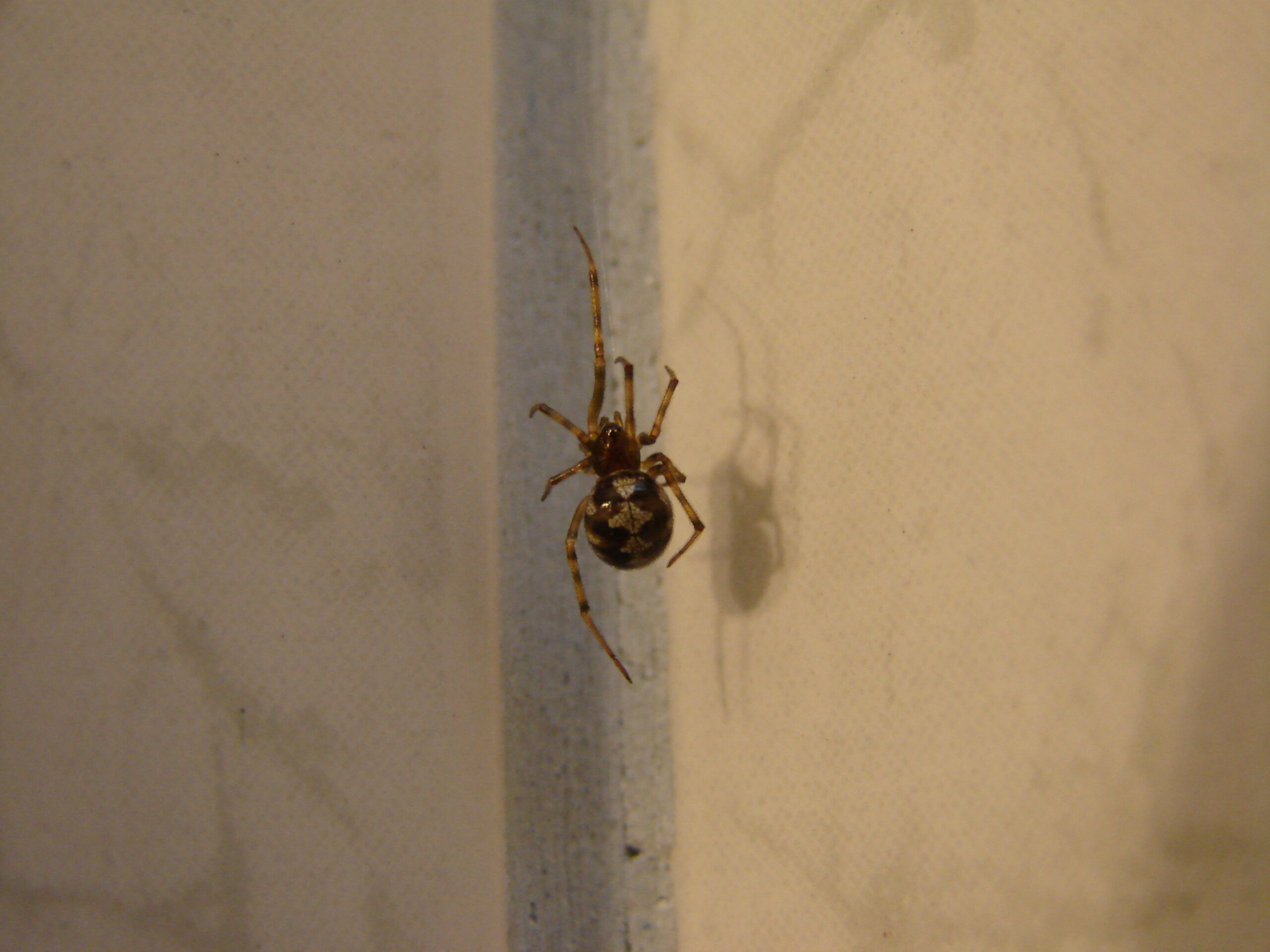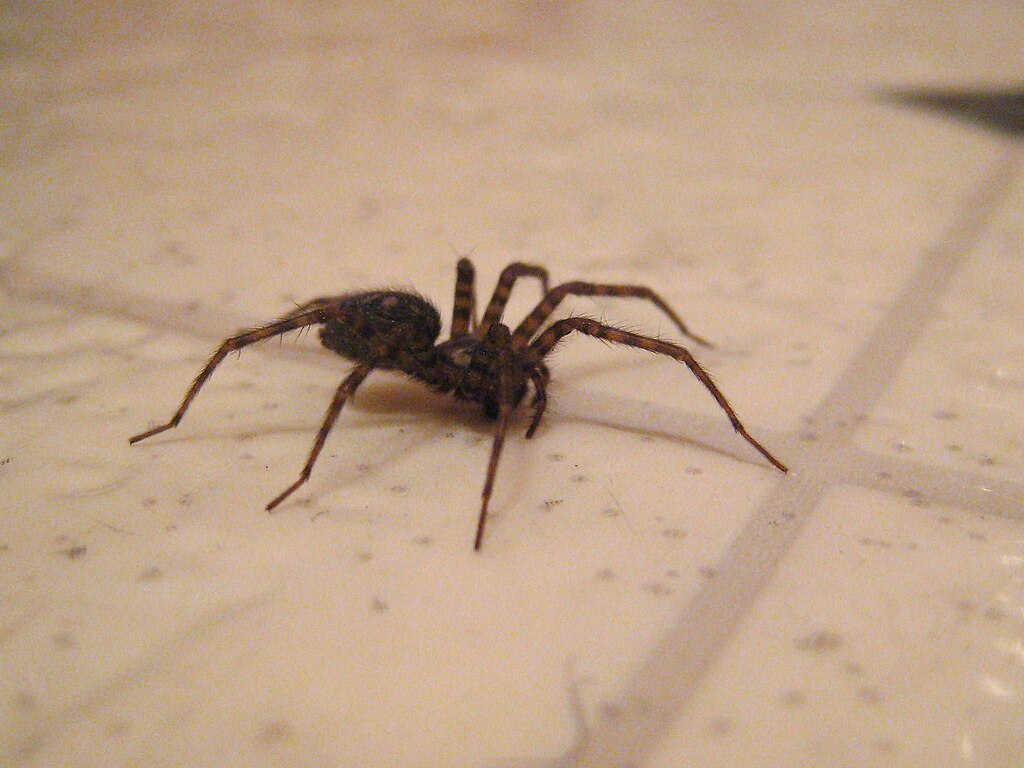You step into your bathroom at 3 AM, flip on the light, and there it is—a spider sitting smugly in the corner of your shower. Sound familiar? It’s not just your imagination playing tricks on you. Spiders genuinely do seem to have a magnetic attraction to bathrooms, and there’s actual science behind this phenomenon that might surprise you.
The Perfect Storm of Moisture and Warmth
Bathrooms create an ideal microclimate that spiders absolutely love. The combination of humidity from hot showers and consistent warmth makes these spaces feel like tropical paradises to our eight-legged friends. Unlike other rooms in your house that experience temperature fluctuations, bathrooms maintain a more stable environment. Think of your bathroom as a mini rainforest ecosystem. The steam from your morning shower creates the perfect humidity levels that many spider species crave for survival. This moisture helps them maintain their body functions and prevents their delicate exoskeletons from drying out, which can be fatal for these creatures.
A Buffet of Bathroom Bugs

Where there’s moisture, there’s an entire ecosystem of tiny insects that spiders consider gourmet dining. Drain flies, silverfish, and various gnats thrive in the damp conditions of bathrooms, creating a reliable food source for hunting spiders. It’s like having a 24/7 all-you-can-eat buffet right in your own home. These bathroom bugs are often slower and easier to catch than their outdoor counterparts. The confined space of a bathroom makes it nearly impossible for prey to escape, turning your toilet area into a spider’s personal hunting ground. Smart spiders have figured out that setting up camp here guarantees regular meals without the effort of outdoor hunting.
Hidden Highways Through Your Plumbing

Your bathroom’s plumbing system serves as a superhighway for spider travel. These creatures can navigate through drain pipes, water lines, and the various gaps around plumbing fixtures with remarkable ease. What seems like solid walls to us are actually full of spider-sized doorways and tunnels. Many homeowners don’t realize that spiders can actually survive underwater for short periods, allowing them to travel through P-traps and other water-filled sections of plumbing. This explains why you might find spiders appearing in your bathroom seemingly out of nowhere, even in upper-floor apartments or homes with no obvious outdoor entry points.
The Science Behind Spider Behavior Patterns
Research has shown that spiders are incredibly sensitive to environmental changes and will actively seek out optimal conditions for survival. Bathrooms consistently provide the stable temperature and humidity levels that trigger positive behavioral responses in many spider species. Their sensory organs can detect these favorable conditions from surprising distances. Spider behavior is largely driven by what scientists call “habitat selection pressure.” This means they’re biologically programmed to find and occupy spaces that maximize their chances of survival and reproduction. Your bathroom hits all the right notes in their environmental checklist, making it an irresistible choice for establishing territory.
Dark Corners and Perfect Hiding Spots

Bathrooms offer an abundance of hiding places that spiders find irresistible. Behind toilets, under sinks, in shower corners, and around pipes—these spaces provide the security and darkness that most spider species prefer. The geometric layout of most bathrooms creates natural web-building opportunities with perfect anchor points. Unlike living rooms or bedrooms that get regularly cleaned and rearranged, bathroom corners often remain undisturbed for longer periods. This gives spiders time to establish their webs and territories without constant human interference. The predictable layout of bathroom fixtures also helps them navigate and hunt more effectively.
Water Sources and Survival Instincts
While spiders don’t drink water like mammals, they do absorb moisture from their environment through their exoskeletons and specialized organs. The constant availability of water vapor in bathrooms provides a crucial survival resource that’s often scarce in other parts of your home. This is especially important for species that originated in tropical or humid climates. During dry seasons or in homes with low humidity, bathrooms become even more attractive to spiders seeking moisture. The condensation on mirrors, walls, and fixtures provides tiny water droplets that spiders can access when needed. This natural water source eliminates the need for them to venture outdoors during dry periods.
Chemical Attractants You Never Knew About

Believe it or not, many common bathroom products contain compounds that actually attract spiders. Soap residue, shampoo, and even certain cleaning products can create chemical trails that spiders follow. These substances often contain organic compounds that mimic the scents of spider prey or mating pheromones. The combination of human skin cells, hair, and organic matter that naturally accumulates in bathrooms creates a complex chemical environment. To spiders, these scents signal a rich ecosystem worth exploring. Even your daily hygiene routine contributes to making your bathroom more appealing to these creatures.
Why Other Rooms Don’t Compare

Living rooms and bedrooms simply can’t compete with the environmental advantages that bathrooms offer. These spaces typically have lower humidity, more human activity, and fewer reliable food sources. The constant foot traffic and furniture rearrangement in main living areas also make them less suitable for establishing permanent spider territories. Kitchens might seem like obvious alternatives due to food sources, but they’re actually less appealing to most spider species. The frequent cleaning, bright lighting, and lack of consistent humidity make kitchens hostile environments for web-building spiders. Bathrooms offer the perfect balance of resources with minimal disturbance.
Seasonal Migration Patterns

Spider populations in bathrooms often fluctuate with the seasons, but not in the way you might expect. During winter months, when outdoor conditions become harsh, bathrooms become even more attractive refuges. The heated environment and consistent moisture make them ideal winter hideouts for species that would normally live outdoors. Spring and fall often see increased spider activity in bathrooms as outdoor populations seek temporary shelter during weather transitions. Understanding these seasonal patterns can help explain why you might notice more spiders during certain times of the year, even if you maintain the same cleaning routine.
Species-Specific Bathroom Preferences
Different spider species have varying preferences for bathroom habitats. Common house spiders and cellar spiders are particularly drawn to the stable environment, while jumping spiders might prefer bathrooms with windows for hunting opportunities. Wolf spiders occasionally venture into bathrooms seeking water sources but rarely establish permanent residence. Web-building species like cobweb spiders find bathrooms ideal for their lifestyle, while hunting spiders might use bathrooms as temporary bases between hunting expeditions. Understanding which species you’re dealing with can help predict their behavior and preferred bathroom locations.
The Role of Ventilation in Spider Attraction
Ironically, poor bathroom ventilation often increases spider appeal by maintaining higher humidity levels. However, excessive moisture can also attract the insects that spiders feed on, creating a feedback loop that makes your bathroom increasingly attractive to spider populations. The balance between ventilation and moisture retention plays a crucial role in spider occupancy. Bathrooms with exhaust fans that are rarely used or ineffective ventilation systems often have higher spider populations. The stagnant air and consistent moisture create perfect conditions for both spiders and their prey species. This explains why older bathrooms or those with ventilation issues often have more persistent spider problems.
Human Behavior and Unintentional Encouragement

Our daily bathroom routines often inadvertently encourage spider habitation. Leaving wet towels, not cleaning shower corners regularly, and allowing hair and organic matter to accumulate all contribute to creating spider-friendly environments. Even something as simple as taking long, hot showers increases the humidity that spiders crave. The timing of our bathroom use also plays a role. Most people avoid bathrooms during late evening and early morning hours when spiders are most active. This gives them extended periods of undisturbed time to hunt, build webs, and establish territories in peace.
Evolutionary Advantages of Bathroom Living

From an evolutionary perspective, spiders that successfully adapt to bathroom environments have significant advantages over their outdoor counterparts. They face fewer predators, have more predictable food sources, and enjoy protection from weather extremes. These advantages can lead to higher survival rates and more successful reproduction. Over time, spider populations that thrive in human-made environments like bathrooms may develop even stronger preferences for these spaces. This evolutionary pressure explains why bathroom spiders often seem so perfectly adapted to their environment—they’ve literally evolved to take advantage of the unique conditions we create.
Impact on Spider Reproduction and Life Cycles

Bathrooms provide ideal conditions for spider reproduction, with stable temperatures and humidity levels that support egg development and juvenile survival. The consistent environment reduces the stress factors that often impact spider reproductive success in outdoor environments. Female spiders can produce larger, healthier egg sacs when living in optimal conditions. The abundance of food sources in bathrooms also supports larger spider populations and more frequent breeding cycles. This explains why bathroom spider problems often seem to multiply over time rather than remaining stable. What starts as one or two spiders can quickly become an established population if conditions remain favorable.
Conclusion: Understanding Your Eight-Legged Roommates

The next time you encounter a spider in your bathroom, remember that they’re not there by accident. These remarkable creatures have identified your bathroom as prime real estate that meets all their survival needs. The combination of moisture, warmth, food sources, and shelter makes bathrooms irresistible to many spider species. Understanding why spiders choose bathrooms can help you make informed decisions about coexistence or removal. Whether you choose to share your space with these natural pest controllers or take steps to discourage their presence, knowledge of their behavior patterns gives you the upper hand. After all, isn’t it fascinating how these ancient creatures have adapted so perfectly to our modern living spaces?

